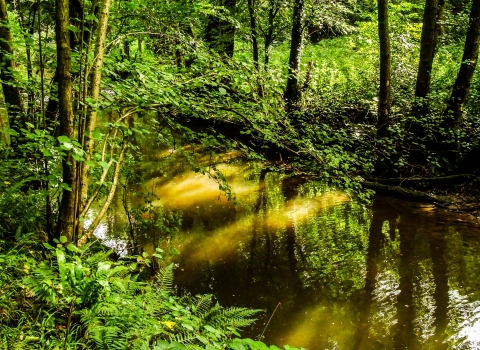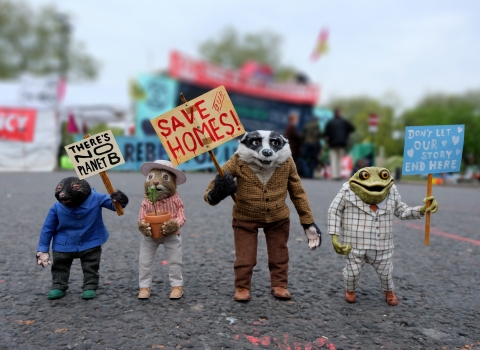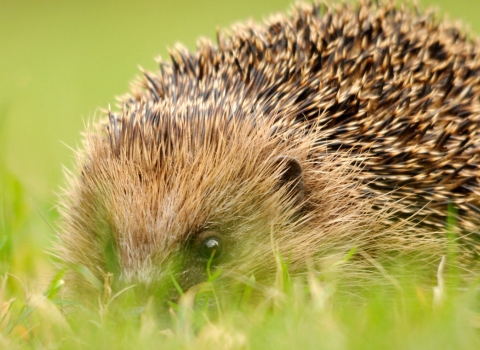With the publication this week of the 2019 State of Nature Report we are all reminded of the precarious position of wildlife in the UK and globally. Whilst the UK’s wildlife is the most studied in the world, the UK remains one of the most nature-depleted countries, with 1 in 7 species at threat of extinction.
Thankfully, 2019 has also been a year of optimism, the year in which young people have led the way in promoting action for the environment as the only way to a brighter, sustained future for people and nature. There is also cause for some cautious hope, as the report showcases a wide range of exciting conservation initiatives where species such as bittern and the large blue butterfly have been saved through the concerted efforts of organisations and individuals.




